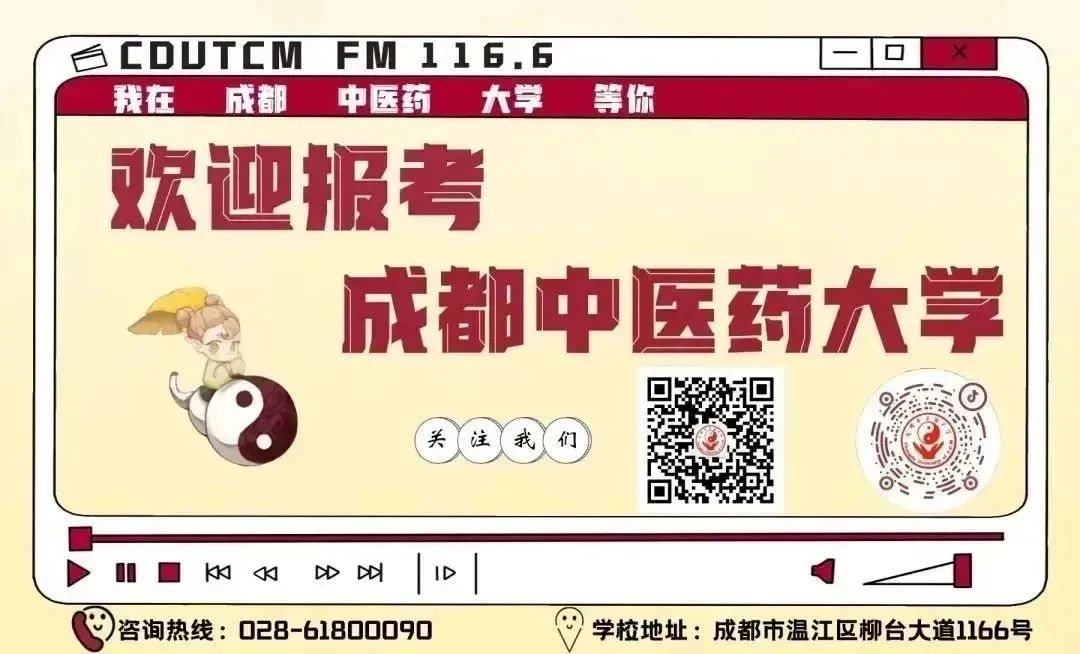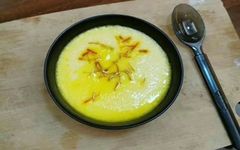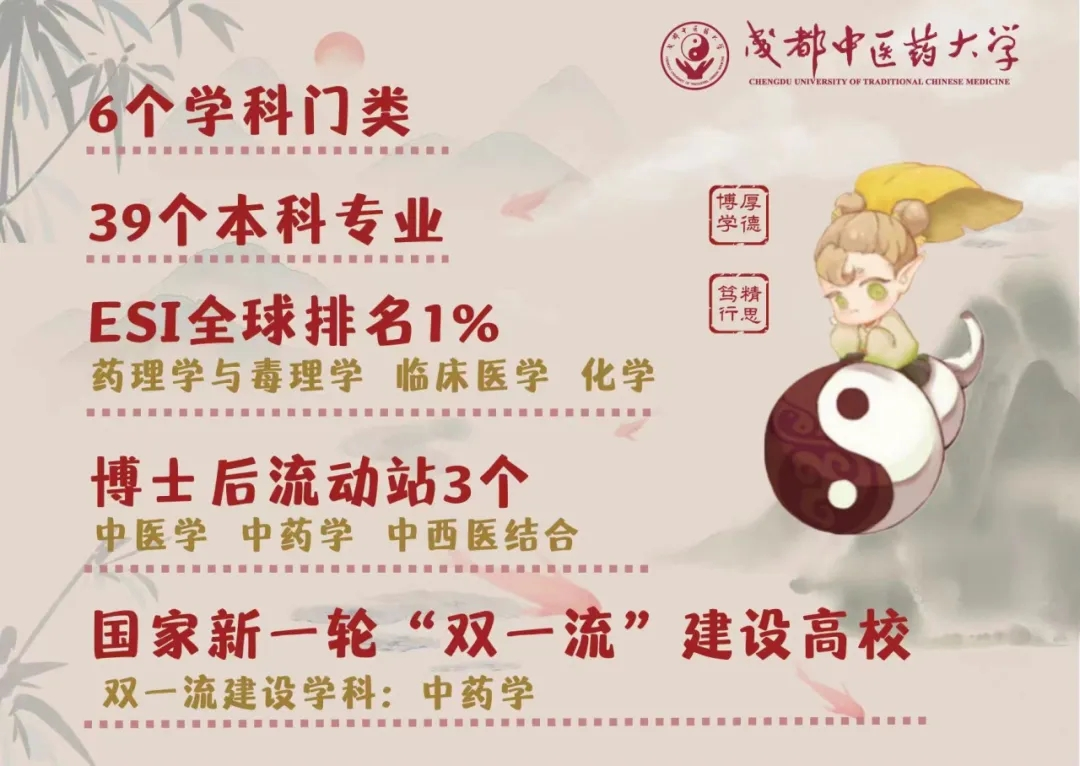

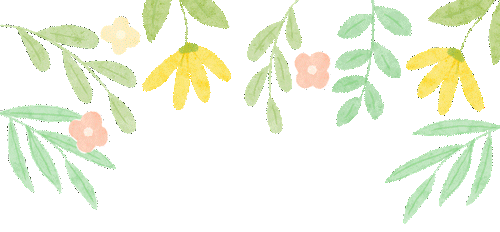
The geographical location of the western region of China is relatively high, characterized mainly by arid conditions, with significant temperature differences between day and night. The dietary practices in the west emphasize the freshness and natural quality of ingredients, featuring light salt, minimal oil, and a focus on a balanced and diverse diet. During warmer temperatures, people prefer to consume foods that clear heat and detoxify, while in cooler temperatures, they favor foods that dispel cold and provide warmth.
Here, I would like to introduce three dishes from the western region of China that incorporate Traditional Chinese Medicine (TCM) principles: Cānghónghuā Zhēng Dàn (Saffron Steamed Egg), Gǒuqǐ Juhua Zhōu (Goji Berry and Chrysanthemum Porridge), and Dāngguī Hóngtáng Gāo (Angelica and Brown Sugar Cake). These three delicious dishes not only showcase the uniqueness of western cooking but also bring the secrets of health and wellness. Let us explore the unique charm of western TCM cuisine and experience the perfect combination of health and flavor!
Cānghónghuā Zhēng Dàn
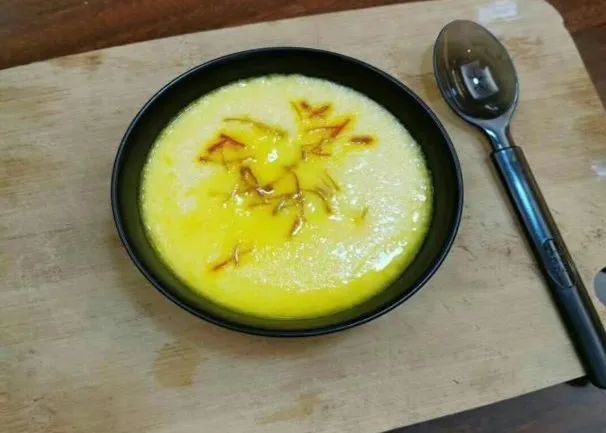
Main TCM Ingredient: Cānghónghuā (Saffron)
Meridians: Enters the Heart and Liver Meridians
Main Effects:
Invigorates blood circulation, dispels stagnation, and alleviates depression. Treats symptoms such as chest oppression, vomiting blood, mania due to cold damage, fright, and postpartum abdominal pain due to blood stasis.
Saffron, also known as Xīhónghuā (Crocus sativus), was introduced from the Central Plains to Tibet and is commonly referred to as Cānghónghuā in China, with most saffron on the market sourced from Iran.
References from Ancient Texts:
“Yǐnshàn Zhèngyào”: Primarily for heart depression and stagnation, prolonged consumption brings joy to the heart. “Pǐnhuì Jīngyào”: Primarily disperses depression, regulates blood, opens the chest, and stimulates appetite; long-term use nourishes the lower source, enhances complexion, and treats mania due to cold damage. “Gāngmù”: Invigorates blood and treats palpitations.
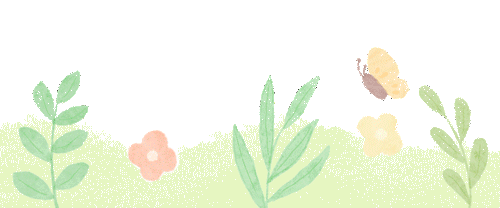
Gǒuqǐ Juhua Zhōu
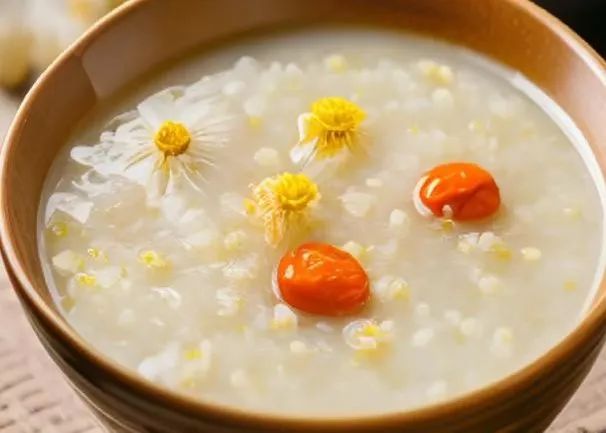
Main TCM Ingredients: Gǒuqǐ (Goji Berry), Juhua (Chrysanthemum)
Meridians:
Gǒuqǐ: Enters the Liver, Kidney, and Lung Meridians
Juhua: Enters the Lung and Liver Meridians
Main Effects:
Tonifies the kidneys, benefits essence, nourishes the liver, brightens the eyes, clears heat and detoxifies, calms the liver, and enhances energy.
Goji berries are primarily produced in the northwestern regions, with those from Xinjiang being particularly sweet and flavorful, though they can easily clump when exposed to heat and moisture. Chrysanthemum is mainly produced in provinces such as Zhejiang, Anhui, and Henan, with some production in Sichuan, Hebei, and Shandong.
References from Ancient Texts:
Gǒuqǐ:
“Yàoxìng Lùn”: Can tonify essence and alleviate deficiencies, brighten the eyes, and calm the spirit. “Shíliáo Běncǎo”: Strengthens tendons and bones, dispels wind, and benefits the body, alleviating fatigue. Wáng Hǎogǔ: Treats heart disease, dry throat, heart pain, thirst, and kidney disease. Juhua:
“Yàoxìng Lùn”: Can treat heat-induced headaches and dizziness, alleviate body aches caused by wind, and clear toxins. “Rìhuāzǐ Běncǎo”: Benefits blood circulation, treats limb wind, irritability, chest oppression, and headaches; used as a pillow to brighten the eyes.

Dāngguī Hóngtáng Gāo
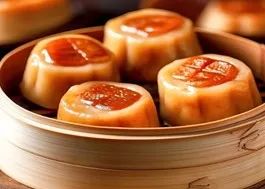
Main TCM Ingredient: Dāngguī (Angelica)
Meridians: Enters the Liver, Heart, and Spleen Meridians
Main Effects:
Treats irregular menstruation, dysmenorrhea, abdominal masses, and bleeding; alleviates blood deficiency headaches, dizziness, and weakness; treats constipation and dysentery; and addresses abscesses and injuries.
Dāngguī is primarily distributed in the western regions of Gansu, Shaanxi, and Sichuan, and is cultivated in various areas. It is a perennial herb whose root is commonly used in TCM as a blood tonic. Dāngguī is also known by other names such as Qīnguī, Yúnguī, Xī Dāngguī, and Mín Dāngguī.
References from Ancient Texts:
“Běnjīng”: Primarily treats cough and reverse qi, warms the body, alleviates cold and heat, and addresses women’s bleeding and infertility. “Biélù”: Warms the middle, alleviates pain, removes blood stasis, treats wind stroke, sweating, and dampness, and tonifies the five organs, promoting muscle growth. “Yàoxìng Lùn”: Stops vomiting, alleviates cold and heat, breaks up stagnant blood, and addresses women’s bleeding and abdominal pain. It is often used in decoctions to treat warm diseases and is effective for women experiencing blood loss and lower back pain.
The three dishes from the western region of China, Cānghónghuā Zhēng Dàn, Gǒuqǐ Juhua Zhōu, and Dāngguī Hóngtáng Gāo, not only satisfy our pursuit of delicious food but also provide nourishing benefits for the body. Whether you are seeking a healthy lifestyle or are interested in gourmet dishes, these three delicacies can meet your needs. Come and savor the unique charm of TCM cuisine from western China, and experience the perfect fusion of health and flavor!
Previous Highlights
The 2024 Undergraduate Recruitment Campaign of Chengdu University of Traditional Chinese Medicine Successfully Held
Great Medicine, Great Integrity: Renowned Doctors Discuss | With a Passion for Otolaryngology
Text Source | Cāo Rényǔ, Liú Tíng
Image Source | Internet
Layout | Zhù Xuělián
Article Proofreading | Zhù Xuělián
Editors | Xú Yànháng, Wèi Yǔqíng, Hé Qíng, Lǐ Jiǎo, Zhù Xuělián, Liú Yùmǐn
